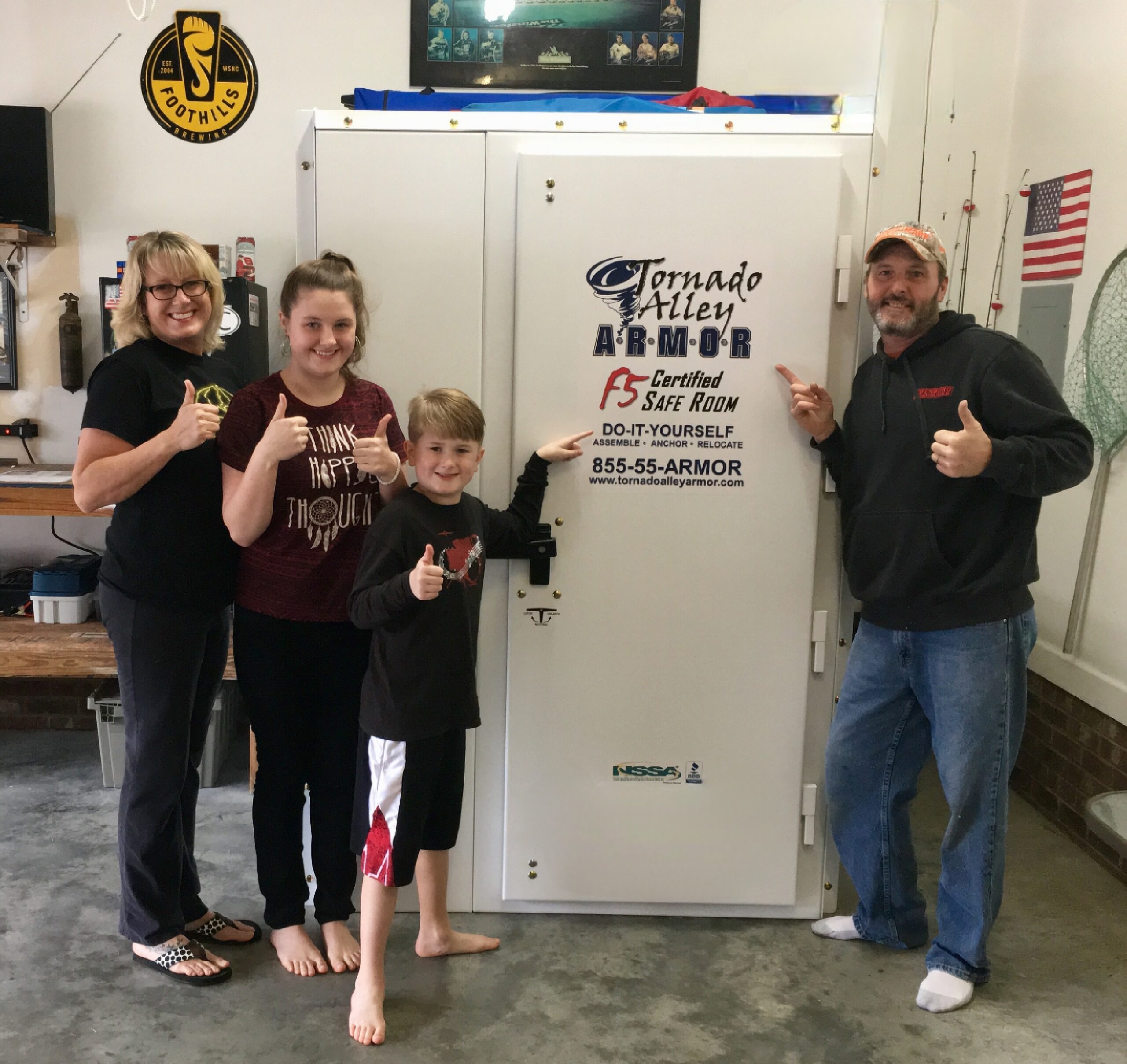Tornadoes are rated by the amount of damage they cause.
Because it is practically impossible to accurately measure a tornado by wind speeds, Dr. T. Theodore Fujita developed the Fujita Tornado Damage Scale (F-Scale.) This scale provides an estimate of the wind speeds based on the amount of damage present. The new Enhanced Fujita Scale (EF-Scale) is more advanced than the original scale and focuses more on the damage done to different structures. For example, a tornado that can flatten an entire house would be stronger than a tornado that can flatten a mobile home. This new scale helps distinguish the damage and identifies “28 different free standing structures most affected by tornadoes, taking into account construction quality and maintenance.”
The EF scale was put in effect on February 1, 2007. The range of intensity remains consistent with the original Fujita Scale: zero to five, and EF-0 being the weakest, with minimal damage and an EF-5 being the strongest, with complete destruction.
Fortunately, here at Tornado Alley Armor, our storm shelters are 100% FEMA compliant, as well as verified by the NSSA (National Storm Shelter Association) to withstand an EF-5.
The Storm Prediction Center has a brief description of the Enhanced Fujita Scale.
|
EF-Scale: |
Old F-Scale: |
Typical Damage: |
|
EF-0 (65-85 mph) |
F0 (65-73 mph) |
Light damage. Peels surface off some roofs; some damage to gutters or siding; branches broken off trees; shallow-rooted trees pushed over. |
|
EF-1 (86-110 mph) |
F1 (73-112 mph) |
Moderate damage. Roofs severely stripped; mobile homes overturned or badly damaged; loss of exterior doors; windows and other glass broken. |
|
EF-2(111-135 mph) |
F2 (113-157 mph) |
Considerable damage. Roofs torn off well-constructed houses; foundations of frame homes shifted; mobile homes completely destroyed; large trees snapped or uprooted; light-object missiles generated; cars lifted off ground. |
|
EF-3 (136-165 mph) |
F3 (158-206 mph) |
Severe damage. Entire stories of well-constructed houses destroyed; severe damage to large buildings such as shopping malls; trains overturned; trees debarked; heavy cars lifted off the ground and thrown; structures with weak foundations blown away some distance. |
|
EF-4 (166-200 mph) |
F4 (207-260 mph) |
Devastating damage. Whole frame houses Well-constructed houses and whole frame houses completely leveled; cars thrown and small missiles generated. |
|
EF-5 (>200 mph) |
F5 (261-318 mph) |
Incredible damage. Strong frame houses leveled off foundations and swept away; automobile-sized missiles fly through the air in excess of 100 m (109 yd); high-rise buildings have significant structural deformation; incredible phenomena will occur. |
|
EF No rating |
F6-F12 (319 mph to speed of sound) |
Inconceivable damage. Should a tornado with the maximum wind speed in excess of EF-5 occur, the extent and types of damage may not be conceived. A number of missiles such as iceboxes, water heaters, storage tanks, automobiles, etc.will create serious secondary damage on structures. |






